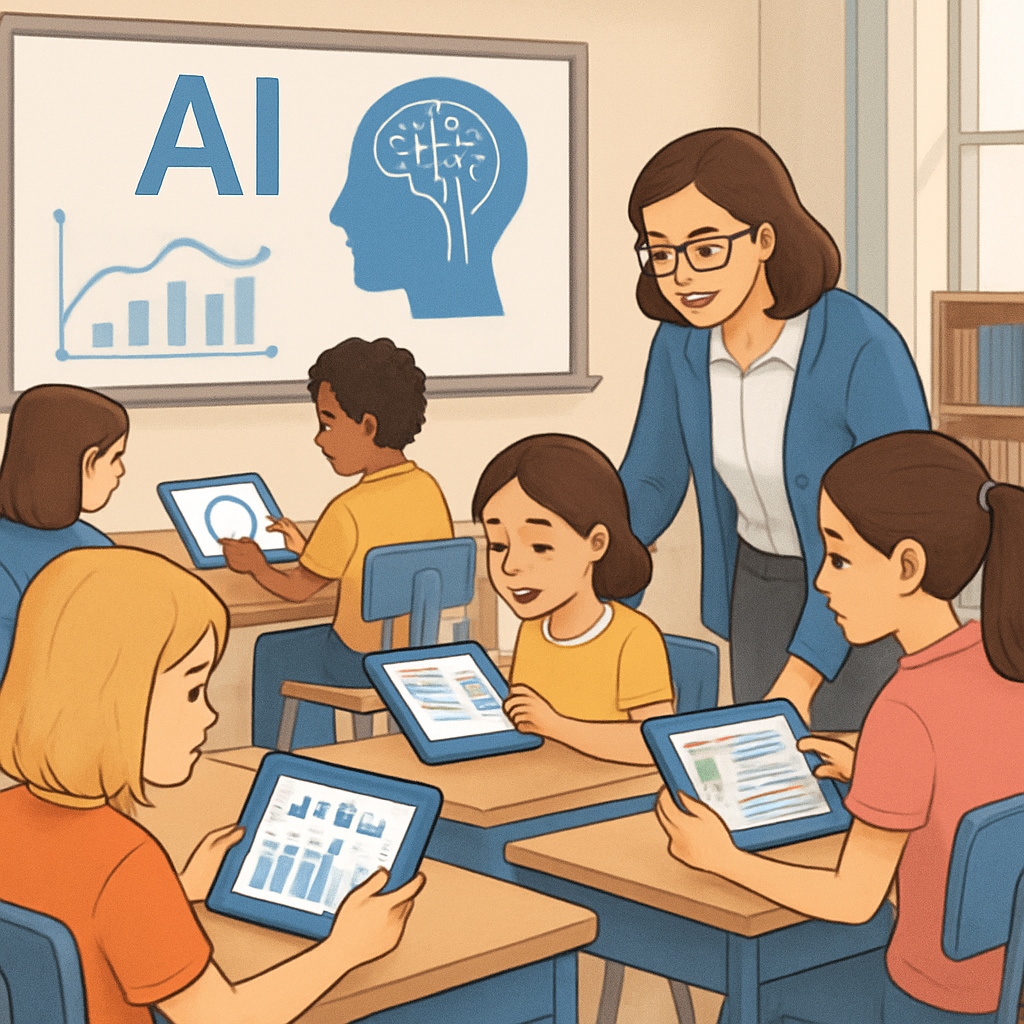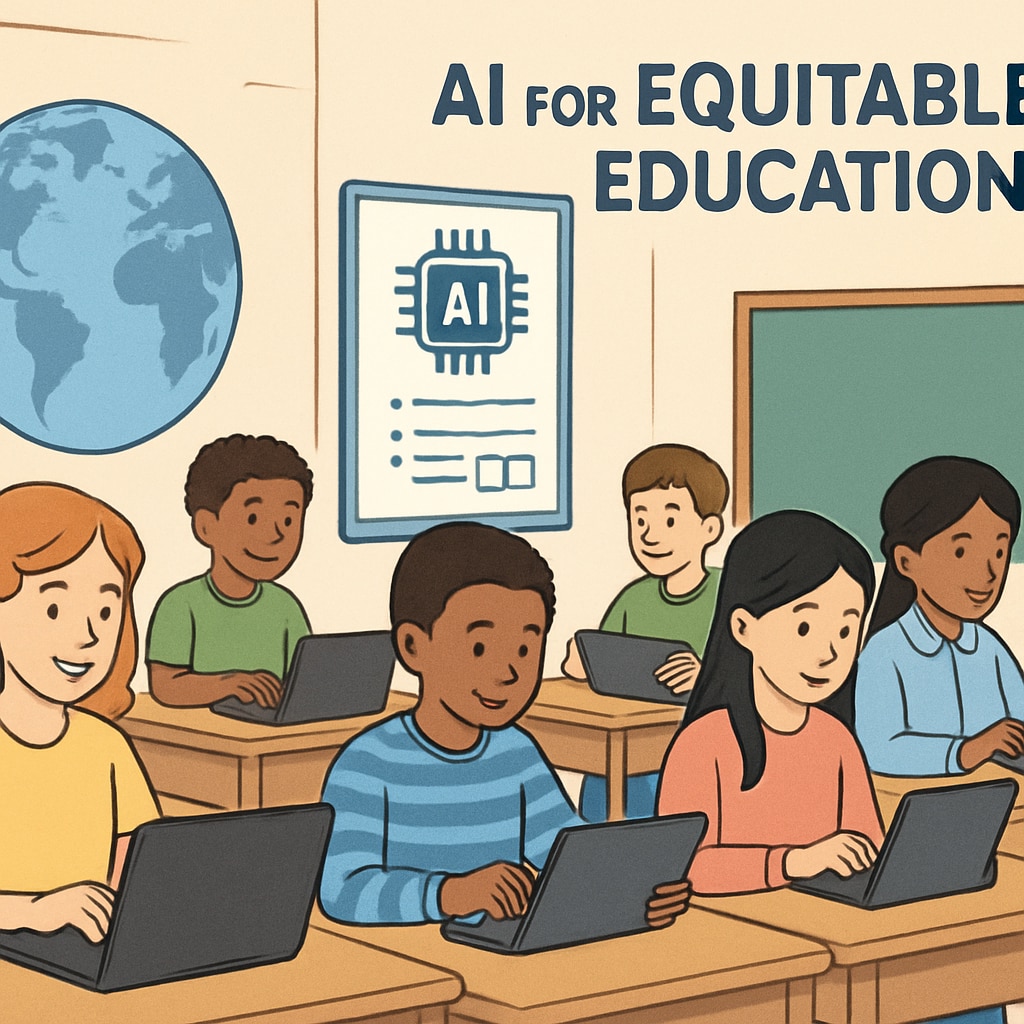Artificial Intelligence (AI) is rapidly transforming the landscape of school education, particularly within the K12 framework. The integration of AI technologies into schools brings both opportunities and challenges, creating innovative pathways for personalized learning, redefining the role of teachers, and promoting equitable distribution of educational resources. As AI continues to evolve, it promises to revolutionize the traditional model of teaching and learning over the next five to ten years.
Personalized Learning: Tailoring Education to Individual Needs
One of AI’s most significant contributions to K12 education is its ability to enable personalized learning experiences. AI-powered systems can analyze students’ learning behaviors, strengths, and weaknesses to create tailored educational content. For example, adaptive learning platforms like DreamBox and Khan Academy use algorithms to adjust lesson difficulty based on individual progress. As a result, students can learn at their own pace and receive targeted support in areas where they struggle, enhancing engagement and comprehension.
Moreover, AI can help educators track student performance in real-time, allowing for timely interventions and support. By identifying patterns and predicting outcomes, teachers can focus their efforts on students who need the most assistance, ensuring no one is left behind. This personalization not only improves academic performance but also fosters a sense of ownership and motivation in learners.

Redefining the Role of Teachers in the AI Era
While AI introduces automation and efficiency into the classroom, it does not replace the vital role of teachers. Instead, it reshapes their responsibilities. Teachers can delegate repetitive tasks, such as grading and administrative work, to AI systems, freeing up time to focus on creative teaching methods and fostering emotional connections with students.
In addition, educators can leverage AI tools as co-teachers to provide supplementary instruction. For instance, AI chatbots can answer students’ questions outside class hours, while virtual tutors can guide learners through complex subjects. Teachers become facilitators and mentors, guiding students in critical thinking and collaboration—skills that remain essential despite technological advancements.
Promoting Equity through AI in Education
Access to quality education has long been unequal due to socioeconomic disparities. AI has the potential to bridge these gaps by democratizing learning resources. Online platforms powered by AI can offer free or affordable educational materials to students worldwide, regardless of their location or financial status. For example, UNESCO reports that AI-driven tools are being used to provide learning opportunities in underprivileged regions (learn more on UNESCO).
Furthermore, AI systems can translate content into multiple languages, ensuring inclusivity for non-native speakers. Accessibility features, such as text-to-speech and voice recognition, empower students with disabilities to participate fully in the learning process. By eliminating barriers, AI creates a more equitable educational environment for all.

Challenges and Ethical Considerations
Despite its transformative potential, AI in K12 education comes with challenges. Privacy concerns are paramount, as AI systems collect vast amounts of data on student performance and behavior. Ensuring data security and ethical use is critical to maintaining trust within the educational ecosystem.
Additionally, the implementation of AI requires significant investment in infrastructure and training. Schools with limited budgets may struggle to adopt AI technologies, exacerbating existing inequalities. Policymakers and stakeholders must work collaboratively to ensure equitable access to AI-driven tools across different regions and demographics.
Finally, there is the risk of over-reliance on AI, potentially diminishing human interaction in classrooms. Finding the right balance between technology and human touch is essential to preserve the essence of education.
Readability guidance: This article uses short paragraphs and lists to summarize key points. Active voice is prioritized, and transitions such as “however” and “for example” are used to enhance flow. Images are strategically placed to complement the text and illustrate key concepts.


